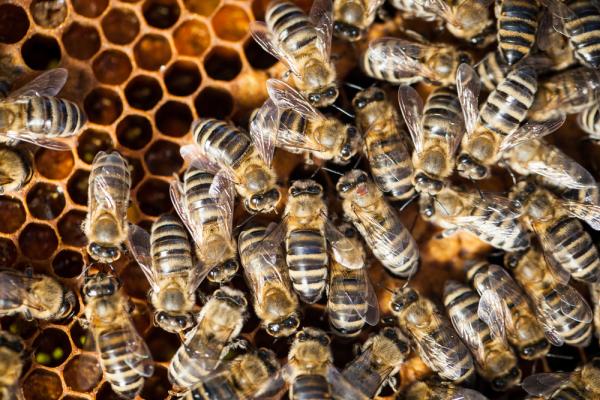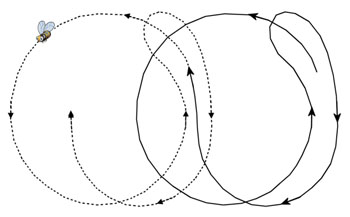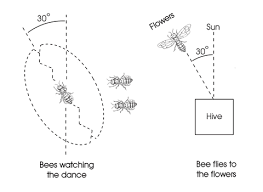
Communication is fundamental to all living organisms. We need to share information for the survival of our species and many species have different means to get their message across. The honeybee (Apis mellifera) has, perhaps, the coolest form of communication.
When you watch a video of honeybees in their hives, they seem to be in constant motion. However, if you look closely, you will see that sometimes one of them is doing a dance that is repetitive and deliberate. This was first observed by the ethologist (human behavior scientist) Dr. Karl von Frisch. His observations were published in 1927, to much criticism, in his book Aus dem Leben der Bienen (The Dancing Bees.)
Those observations were later proven correct and the "waggle dance" is now the only known example of symbolic language outside of humans and primates. The observation also earned von Frisch the Nobel Prize for Physiology and Medicine in 1973.
How does the waggle dance work?
A hive has a strong hierarchy, with bees falling into different categories which determine their role. There is the queen (the fertile female), drones (males who mate with the Queen), and workers (infertile females who do everything else.) A small percentage of the worker bees (5–25%) are scouts who serve to search the area for food sources.
After the scouts discover a food source, they return to the hive and communicate the location of the food upon their return. The foragers (workers who leave the hive to collect pollen and nectar) leave after the scouts return, and head directly to the food source. But, how do the foragers know where to go?
First, the scout gathers an audience by climbing and walking along other bees' backs and vibrating.
If the food can be found close to the hive (within 25-100 meters,) the bee performs the "round dance," a simple dance with the scout moving in circles - with no direction indicated (as seen in the figure below.)

Alternatively, when food is located further away and more information is needed, the scout performs the "waggle dance" which shows both the direction that the food can be found and also the distance from the hive. The direction of the food is indicated as the angle from the sun that the bee is moving. The bee moves with a back and forth motion (waggle) for a certain length (shown in the figure below.) The longer that the waggle lasts, the further the flowers are from the hive. They then circle back to the beginning and repeat the waggle over and over again.

It is yet another example of how incredible biology is and therefore, is often referred to as one of the seven wonders of the animal behavior world.



